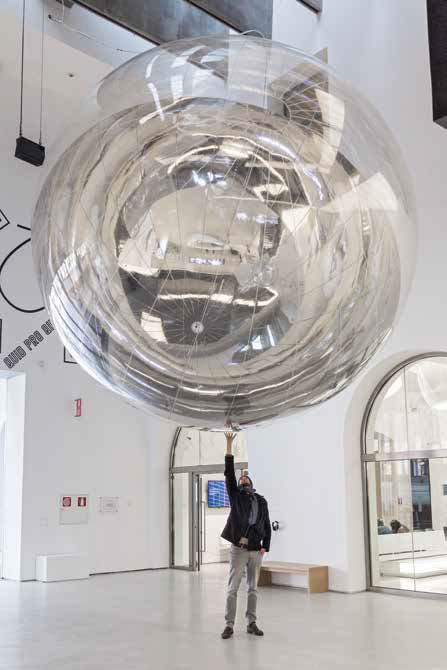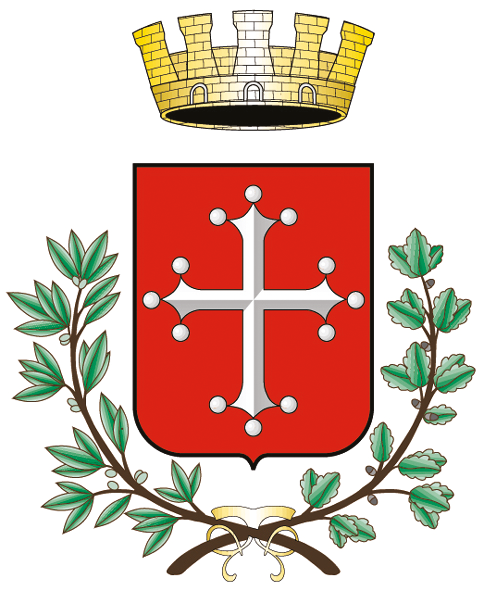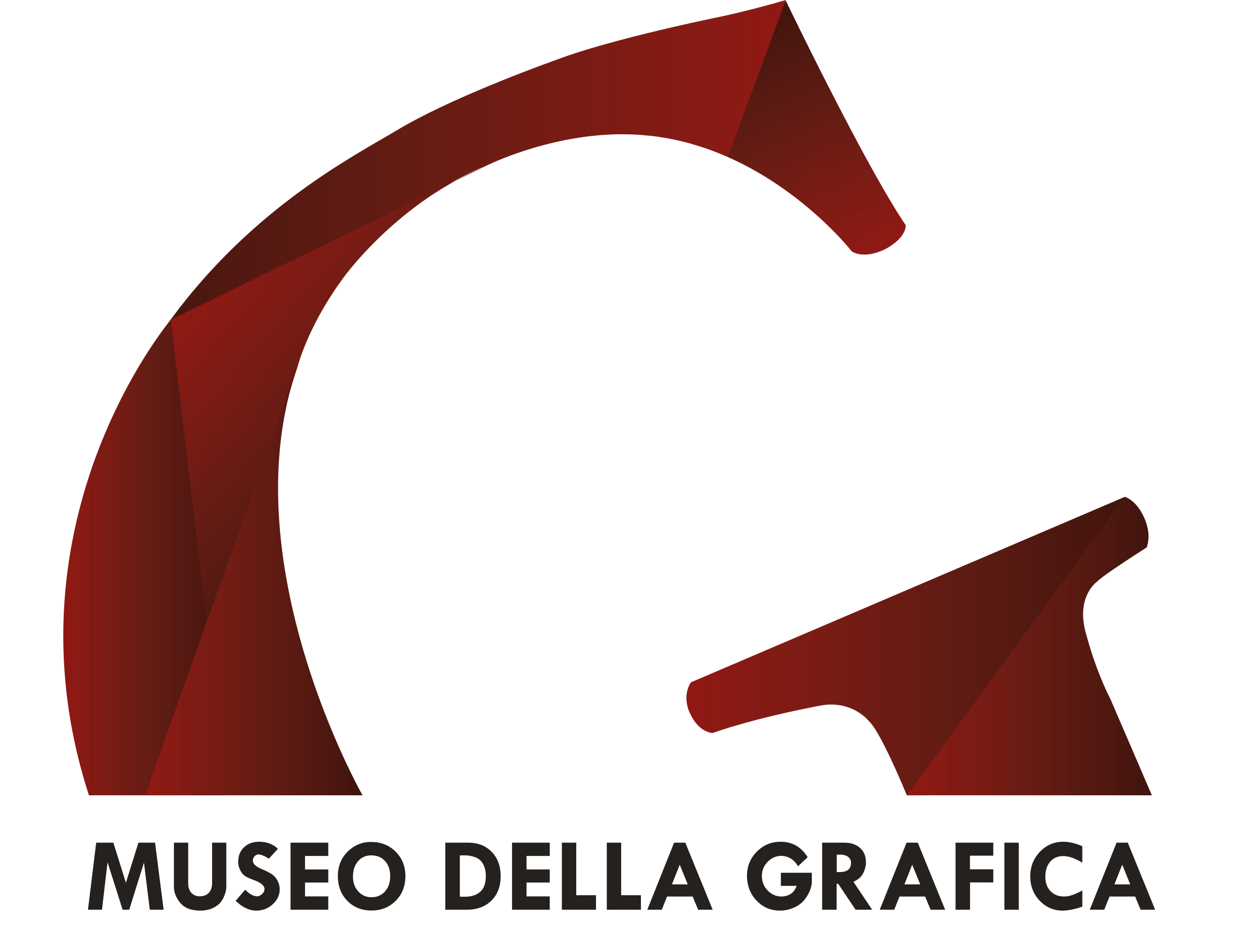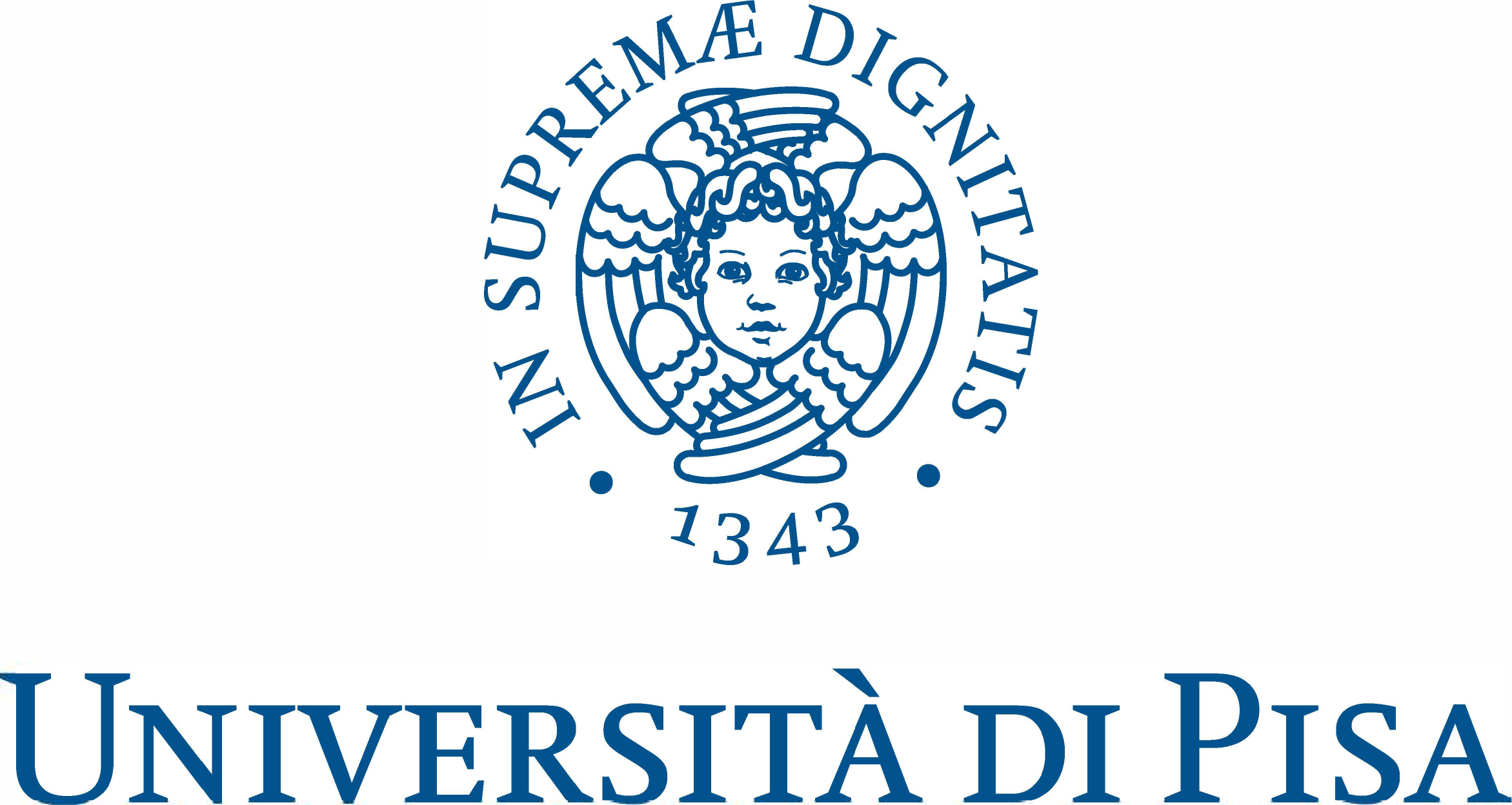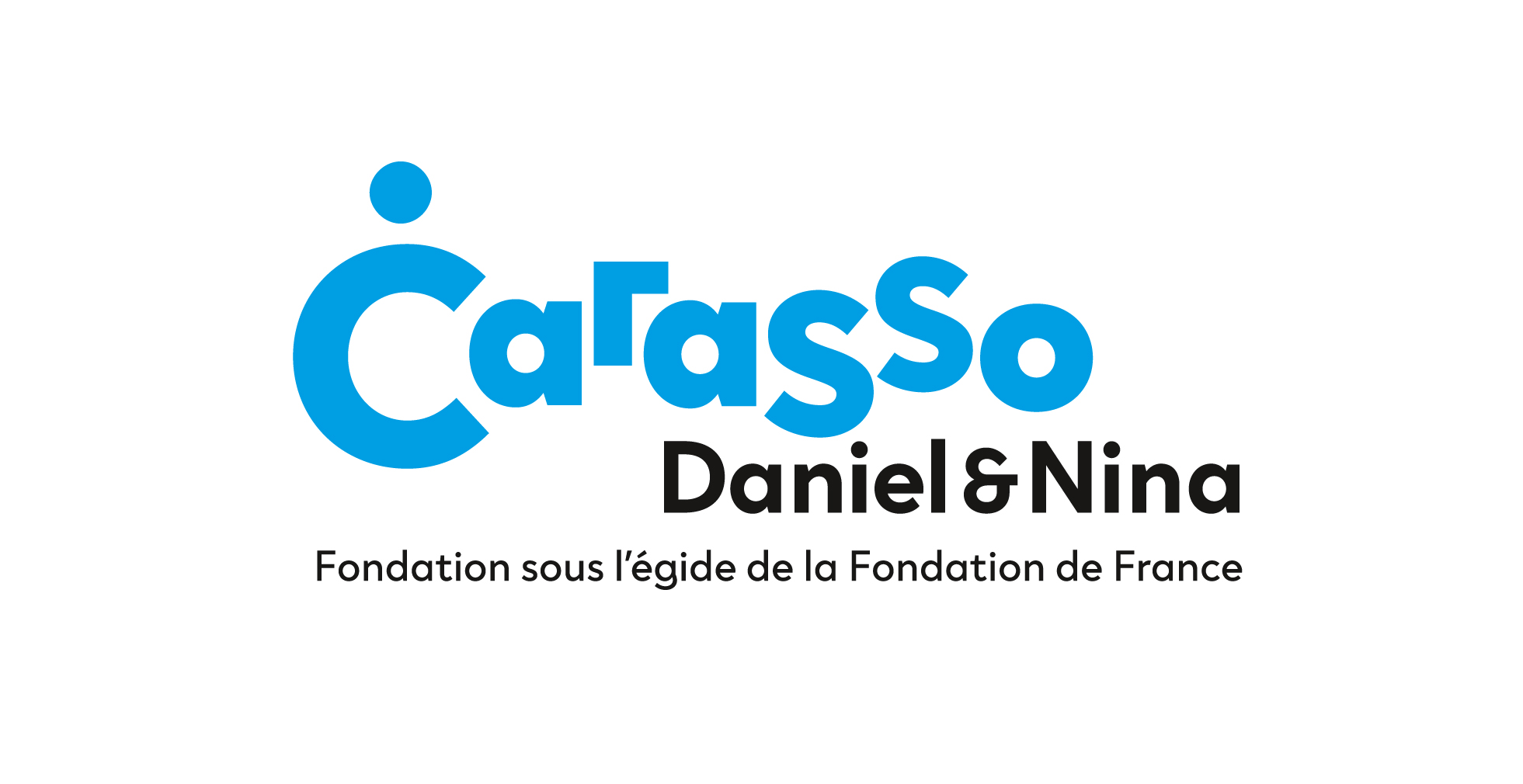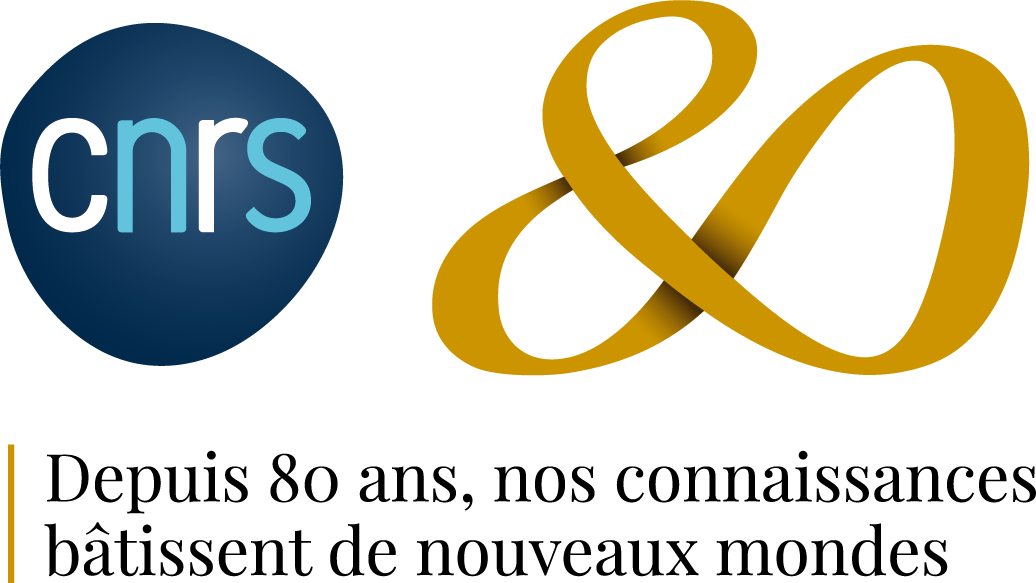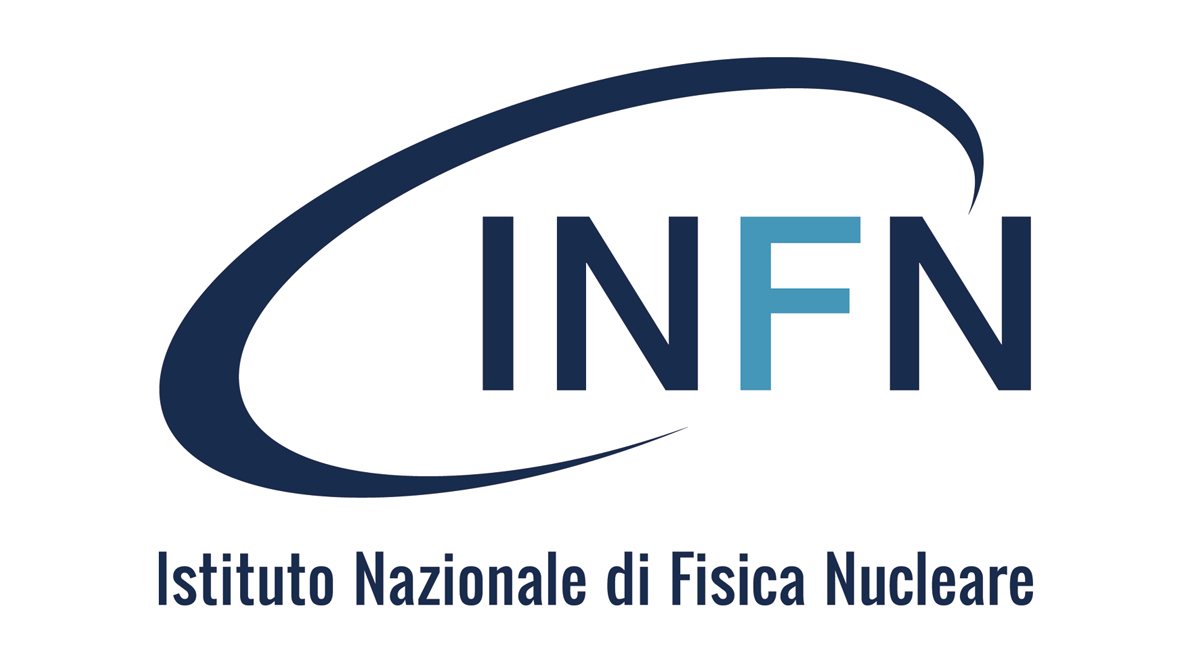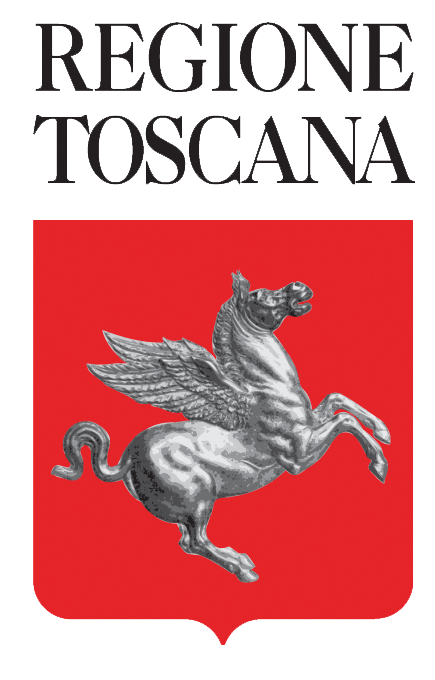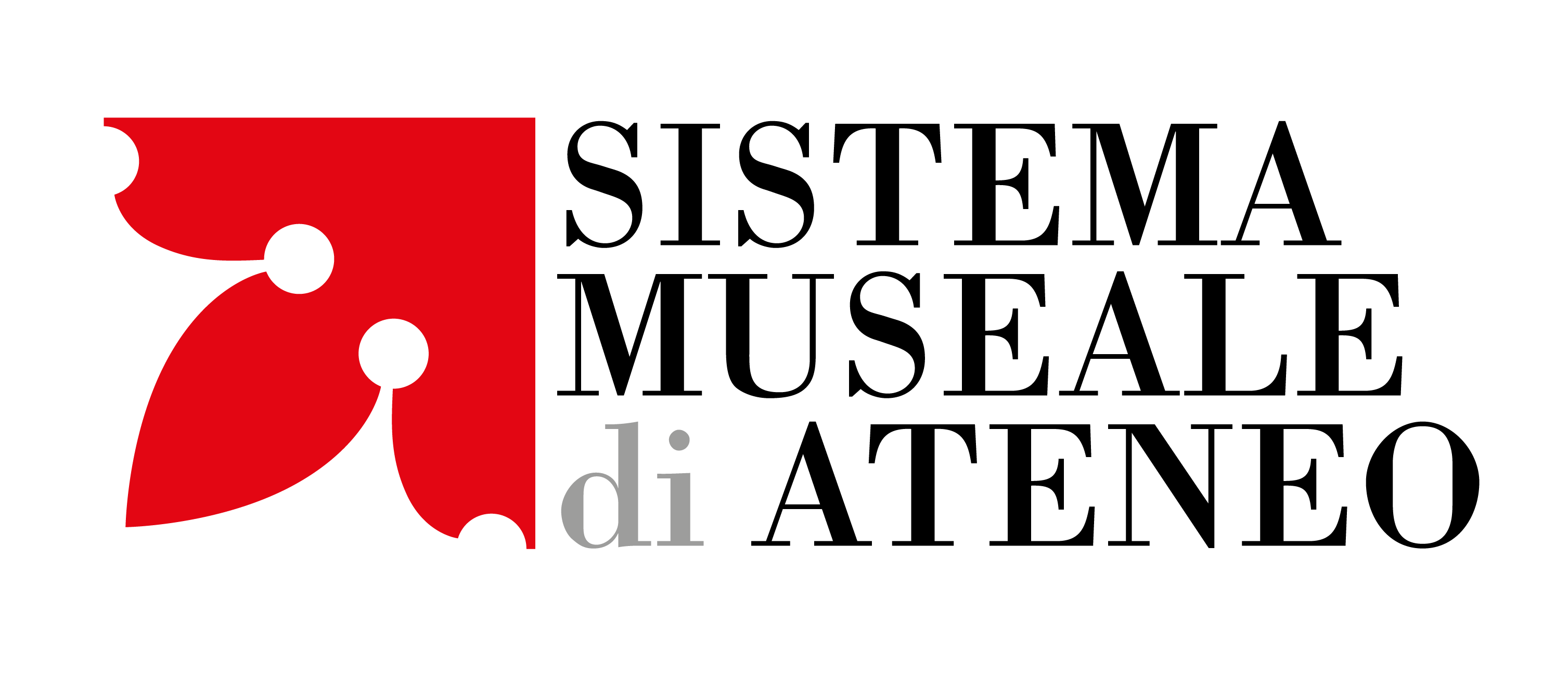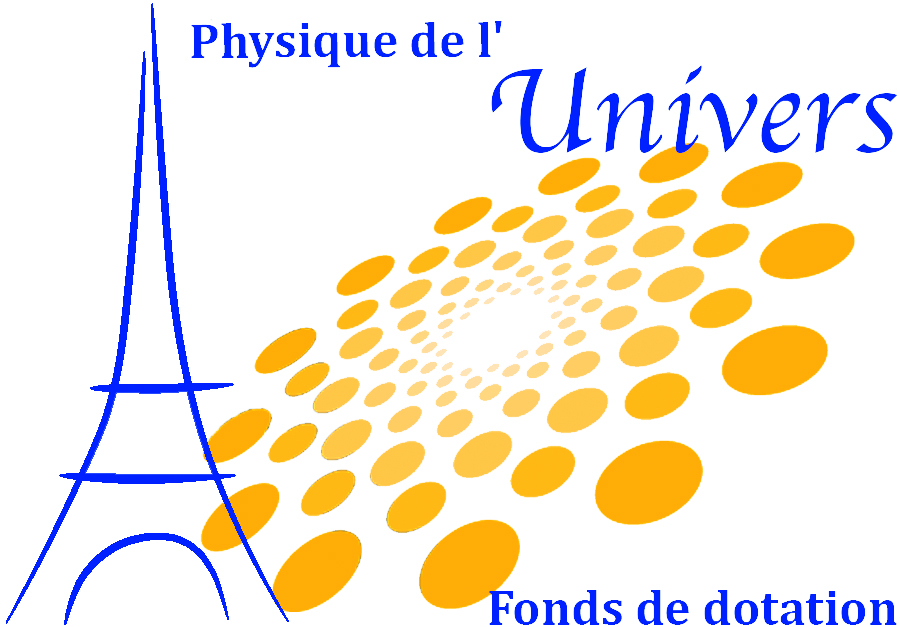Works
Tomás Saraceno
How To Entangle The Universe In A Spider Web?, 2018
Laser, spider silk, carbon fibre.
Courtesy of the artist; Tanya Bonakdar Gallery, New York / Los Angeles.
Tomas Saraceno thanks Heinrich Jaeger (Jaeger Lab, James Franck Institute at the University of Chicago).
The universe is a vibrant superorganism, whose movements are, for the most part, cloaked in darkness. The matter we can see is only a small part of the whole. It is the self-assembling networks of dark matter whose meshwork of filaments provide the ground on which the large-scale structure of the universe is composed: a vast, vibrating ‘cosmic web’, resembling the complex spider/web whose name it borrows. Normal matter is gravitationally attracted to the densest parts of this cosmic web, and there galaxies form and cluster, leaving large, relatively empty voids. Building on the analogy between complex cosmic and spider/webs, Tomás Saraceno invented an original technique allowing, for the first time, precise 3D models to be made of complex spider/web architecture, using Laser Supported Tomography combined with Photogrammetric analysis. The Spider Web Scan was pioneered by Saraceno with his Studio in collaboration with the Photogrammetric Institute at the Technische Universität Darmstadt (2009), and later refined in ongoing collaborations with the Max Planck Institute Konstanz (2016/2017) and MIT Department of Civil and Environmental Engineering (2014-2018). In this installation, a red sheet laser slowly passes through a complex hybrid spider/web: revealing the hidden architectural entanglements wo-ven by the spider, as it intersects with, vibrates and illuminates them. Perhaps spiders, whose vibratory sensitivities are far more developed than those of humans, are able to perceive the invisible movements of the dark matter that envelops us, building their complex mazes according to its invisible score.
The politics of solar rhythms: Cosmic Levitation, 2018
Single channel video, 2,40:1, FullHD, black and white, sound, duration 2’48’’
Courtesy of the artist; Andersen’s, Copenhagen; Ruth Benzacar, Buenos Aires; Tanya Bonakdar Gallery, New York/Los Angeles; Pinksummer
contemporary art, Genoa; Esther Schipper, Berlin.
In the projection The politics of solar rhythms: Cosmic Levitation, particles of cosmic dust aggregate to the vibrational rhythms of sound frequencies, as part of an experiment proposed by Tomás Saraceno and conducted with the Jaeger Lab at the University of Chicago. Acoustic levitation is used in physics as a method for suspending matter in a medium, in this case air, by using intense sound waves and observing how matter aggregates when floating to their vibrations. Until now, this dynamic remains unexplored for meteorite particles, though it would be an important step towards a better understanding of the formation of planets, growing from aggregating clouds of interstellar dust.
The Russian interdisciplinary scientist Alexander Chizhevsky believed that every 11 years, at the beginning of each new solar cycle, major historical events occur. His thought was that, since changes in the Sun’s activity and appearance have an effect in space, the atmosphere, and the Earth’s surface, then we, as terrestrial organisms, are not exempt from these effects. He gathered a large amount of data, observing a historic correlation between higher levels of solar activity and mass revolutionary movements. This idea may also apply at a smaller scale, where temperature is defined as a measure of average molecular motion: the greater the heat, the greater the motion.
What you hear is a live-stream sonification of the differential of temperature between the inside and the outside: as the interior gets hot and the outside gets cooler the soundtrack changes. If the Sun might influence the rise of revolutionary movements, one might wonder how the soundwaves of temperature differentials and the ones of uprisings and revolutions on Earth might, in turn, shape cosmic dust assemblages in other galaxies, influencing the formation of the planets themselves.
Aerocene 1.3, 2018
Mylar transparent and metalized, tape, pump with overpressure release valve, polyester rope. Diameter 1,3 m
© Studio Tomás Saraceno
Aerocene 1.3 is modelled from the inspiration for a bigger version of the sculpture that would be able to achieve long-distance flights, floating in between altitudes of 20 km and 40 km, using purely solar energy, free form fossil fuel and free form borders. The design of these sculptures is inspired by scientific experiments that the French Centre National d’Études Spatiales (CNES) started in the late 1970s by launching infrared radiation balloons (Montgolfiere Infra-Rouge – MIR) into the upper levels of atmosphere. Tomás Saraceno was the artist in residency at CNES in 2012. The sculptures are made of two different lightweight materials: transparent and mirror foils. The mirror part of these sculptures would reflect part of the sun’s radiation, thus controlling the temperature inside the air envelopes, and preventing it from overheating. This insulation is important during daytime flight. The transparent half helps to maintain the temperature inside the envelope (and hence its buoyancy) during the night, since it absorbs the infrared radiation emitted from the earth’s surface – the solar heat that the planet accumulated over a day.
Tomás Saraceno
Come Intrappolare l’Universo in una Ragnatela?, 2018
Per gentile concessione dell’artista; Tanya Bonakdar Gallery, New York / Los Angeles.
L’universo è un superorganismo vibrante, i cui movimenti sono, per la maggior parte, ammantati nell’oscurità. La questione che possiamo vedere è solo una piccola parte del tutto. Sono le reti autoassemblanti della materia oscura le cui maglie di filamenti forniscono il terreno su cui è composta la struttura su larga scala dell’universo: una vasta “rete cosmica” vibrante, che riprende il complesso ragno / tela il cui nome prende in prestito. La materia normale è attratta gravitazionalmente dalle parti più dense di questa rete cosmica, e lì si formano e si raggruppano le galassie, lasciando vuoti grandi e relativamente vuoti. Basandosi sull’analogia tra ragnatele cosmici e ragnatele di ragne, Tomás Saraceno ha inventato una tecnica originale che consente, per la prima volta, di realizzare modelli 3D precisi di complessa architettura ragno / web, utilizzando la tomografia laser supportata combinata con l’analisi fotogrammetrica. Spider Web Scan è stato lanciato da Saraceno con il suo Studio in collaborazione con l’Istituto di fotogrammetria presso la Technische Universität Darmstadt (2009), e successivamente perfezionato in collaborazioni in corso con l’Istituto Max Planck di Costanza (2016/2017) e il Dipartimento del Ministero civile e ambientale del MIT Ingegneria (2014-2018). In questa installazione, un laser a foglio rosso attraversa lentamente un ragno / ragnatela ibrida complessa: rivelando gli intrecci architettonici nascosti travolti dal ragno, mentre si interseca, vibra e li illumina. Forse i ragni, le cui sensibilità vibratorie sono molto più sviluppati di quelli umani, sono in grado di percepire i movimenti invisibili della materia oscura che ci avvolge, costruendo i loro complessi labirinti secondo il suo punteggio invisibile.
La Politica dei Ritmi Solari: Levitazione Cosmica, 2018
Single channel video, 2,40:1, FullHD, black and white, sound, duration 2’48’’
Per gentile concessione dell’artista; Andersen’s, Copenaghen; Ruth Benzacar, Buenos Aires; Tanya Bonakdar Gallery, New York / Los Angeles; Arte contemporanea estiva rosa, Genova; Esther Schipper, Berlino.
Nella proiezione La politica dei ritmi solari: levitazione cosmica, particelle di polvere cosmica si aggregano ai ritmi vibrazionali delle frequenze sonore, nell’ambito di un esperimento proposto da Tomás Saraceno e condotto con il Jaeger Lab dell’Università di Chicago. La levitazione acustica è usata in fisica come metodo per sospendere la materia in un mezzo, in questo caso l’aria, usando onde sonore intense e osservando come la materia si aggrega quando fluttua alle sue vibrazioni. Fino ad ora, questa dinamica rimane inesplorata per le particelle di meteorite, sebbene sarebbe un passo importante verso una migliore comprensione della formazione dei pianeti, che cresce dall’aggregazione di nuvole di polvere interstellare.
Lo scienziato interdisciplinare russo Alexander Chizhevsky credeva che ogni 11 anni, all’inizio di ogni nuovo ciclo solare, accadessero importanti eventi storici. Il suo pensiero era che, poiché i cambiamenti nell’attività e nell’aspetto del Sole hanno un effetto nello spazio, nell’atmosfera e nella superficie terrestre, allora noi, come organismi terrestri, non siamo esenti da questi effetti. Ha raccolto una grande quantità di dati, osservando una correlazione storica tra livelli più elevati di attività solare e movimenti rivoluzionari di massa. Questa idea può anche applicarsi su scala minore, dove la temperatura è definita come una misura del movimento molecolare medio: maggiore è il calore, maggiore è il movimento.
Quello che senti è una sonificazione in tempo reale del differenziale di temperatura tra l’interno e l’esterno: quando l’interno si surriscalda e l’esterno si raffredda, la colonna sonora cambia. Se il Sole potesse influenzare l’ascesa di movimenti rivoluzionari, ci si potrebbe chiedere come le onde sonore dei differenziali di temperatura e quelle delle rivolte e delle rivoluzioni sulla Terra possano, a loro volta, formare assemblaggi di polvere cosmica in altre galassie, influenzando la formazione dei pianeti stessi.
Aerocene 1.3, 2018
© Studio Tomás Saraceno
Aerocene 1.3 è modellato dall’ispirazione per una versione più grande della scultura che sarebbe in grado di realizzare voli a lunga distanza, fluttuando tra le altitudini di 20 km e 40 km, utilizzando energia puramente solare, combustibile fossile a forma libera e bordi a forma libera. Il design di queste sculture si ispira agli esperimenti scientifici che il Centro nazionale francese di studi spaziali (CNES) iniziò alla fine degli anni ’70 lanciando palloncini a radiazione infrarossa (Montgolfiere Infra-Rouge – MIR) nei livelli più alti dell’atmosfera. Tomás Saraceno è stato l’artista residente al CNES nel 2012. Le sculture sono realizzate con due diversi materiali leggeri: fogli trasparenti e specchi. La parte speculare di queste sculture rifletterebbe parte della radiazione solare, controllando così la temperatura all’interno delle buste d’aria e preve a causa del surriscaldamento. Questo isolamento è importante durante il volo diurno. La metà trasparente aiuta a mantenere la temperatura all’interno dell’involucro (e quindi la sua galleggiabilità) durante la notte, poiché assorbe la radiazione infrarossa emessa dalla superficie terrestre – il calore solare che il pianeta ha accumulato in un giorno.
MUSEO DELLA GRAFICA
Palazzo Lanfranchi
Lungarno Galilei, 9
56125 Pisa - Italia
https://museodellagrafica.sma.unipi.it/
Open Hours
Monday - Sunday: 9am – 8pm
Follow
Key words for social share
@ego_virgo @CNRS @INFN_ @IN2P3_CNRS @APC_Laboratory @art_citoyen #GravitationalWaves #Ondegravitazionali #Blackholes #ArteScienza #RitmoSpazio19 #Spazio #Contemporaryart #Marconi #ComunediPisa #Unipi #MuseodellaGrafica
EGO-Virgo
Via E. Amaldi
56021 Cascina - Italia
https://www.ego-gw.it/
Sponsored by:




